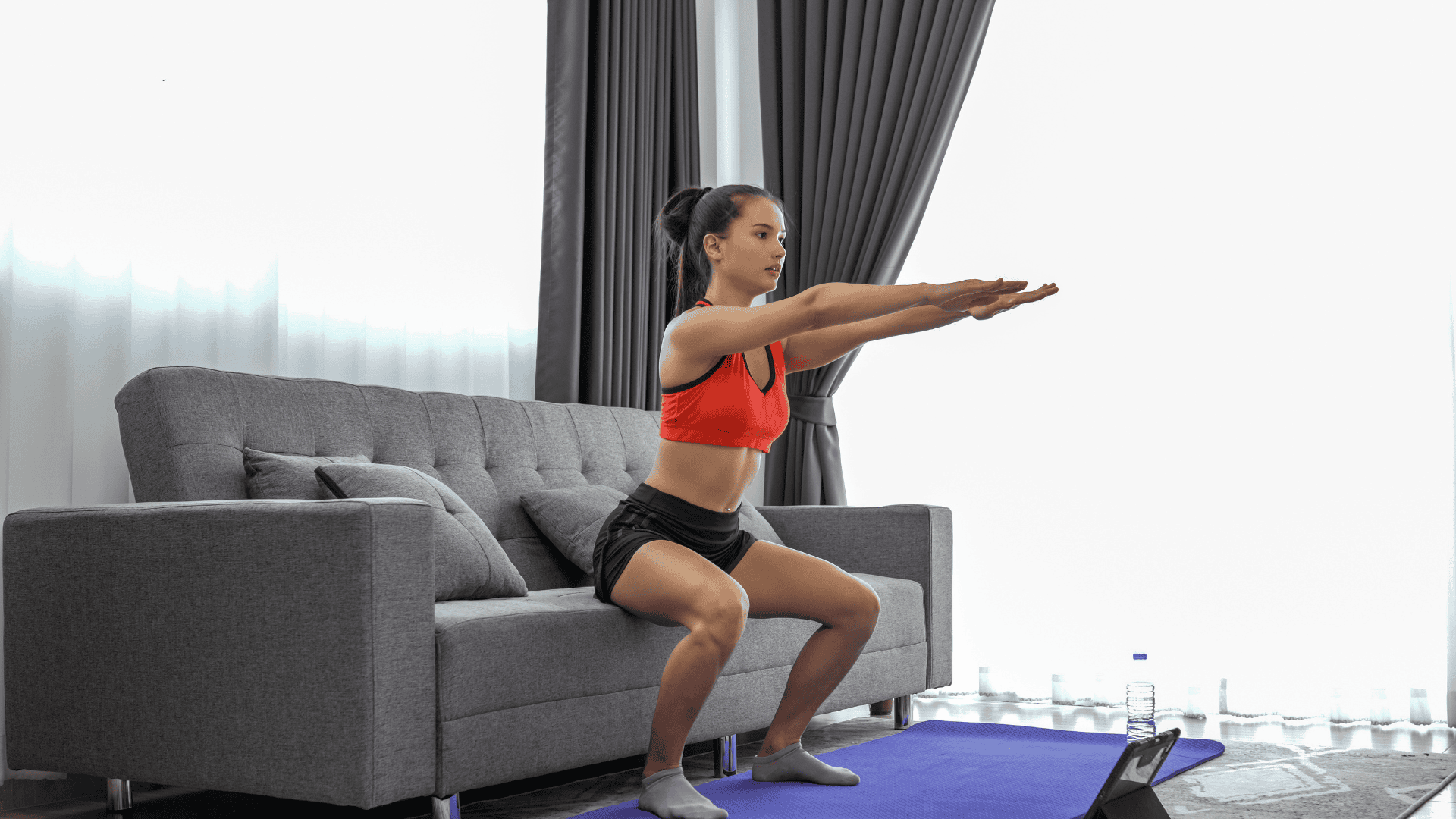Most beginner workouts make things harder than they need to be. Too many exercises. Too many steps. And way too much pressure.
But here’s the thing…
Simple works better. You don’t need a long, tiring routine just to feel stronger. You only need a few moves that train your whole body and a plan that’s easy to follow.
That’s what calisthenics is all about. It’s strength training with no equipment. You use your own body to build muscle, move better, and feel more in control of your body.
In this article, I’ll walk you through 8 beginner-friendly moves that cover all your major muscles. These are the moves to master, not just for now, but for everything that comes next.
Let’s get into it.
What Is a Calisthenics Workout for Beginners?
Calisthenics is strength training that uses your own body. No weights. No machines. Just your muscles working against gravity.
It’s one of the easiest ways to start getting stronger, especially if you’ve never worked out before. You don’t need a gym. You don’t need gear. And you don’t need to “be in shape” to begin.
With calisthenics, you’ll work your arms, legs, and core in every session. You’ll also build better balance, more control, and stronger posture.
But the best part?
It builds confidence. You’ll feel more in charge of your body, one rep at a time.
8 Calisthenics Moves That Work Your Whole Body
If you’re just starting out, don’t worry about doing “everything.” These 8 moves are more than enough.
They train all your major muscle groups, arms, legs, core, and back, without equipment or complicated steps.
You can do them right at home, and each one has beginner-friendly options.
1. Wall Push-Ups

Great for your chest, arms, and shoulders.
Stand about arm’s length from a wall. Place your hands flat, lower your chest toward the wall, then push back. Too easy? Step your feet back a little more.
2. Bodyweight Squats

Targets your thighs, glutes, and core.
Stand with feet shoulder-width apart. Then, lower down like you’re sitting in a chair, then stand back up. Keep your heels on the floor and your chest up.
3. Static Lunges
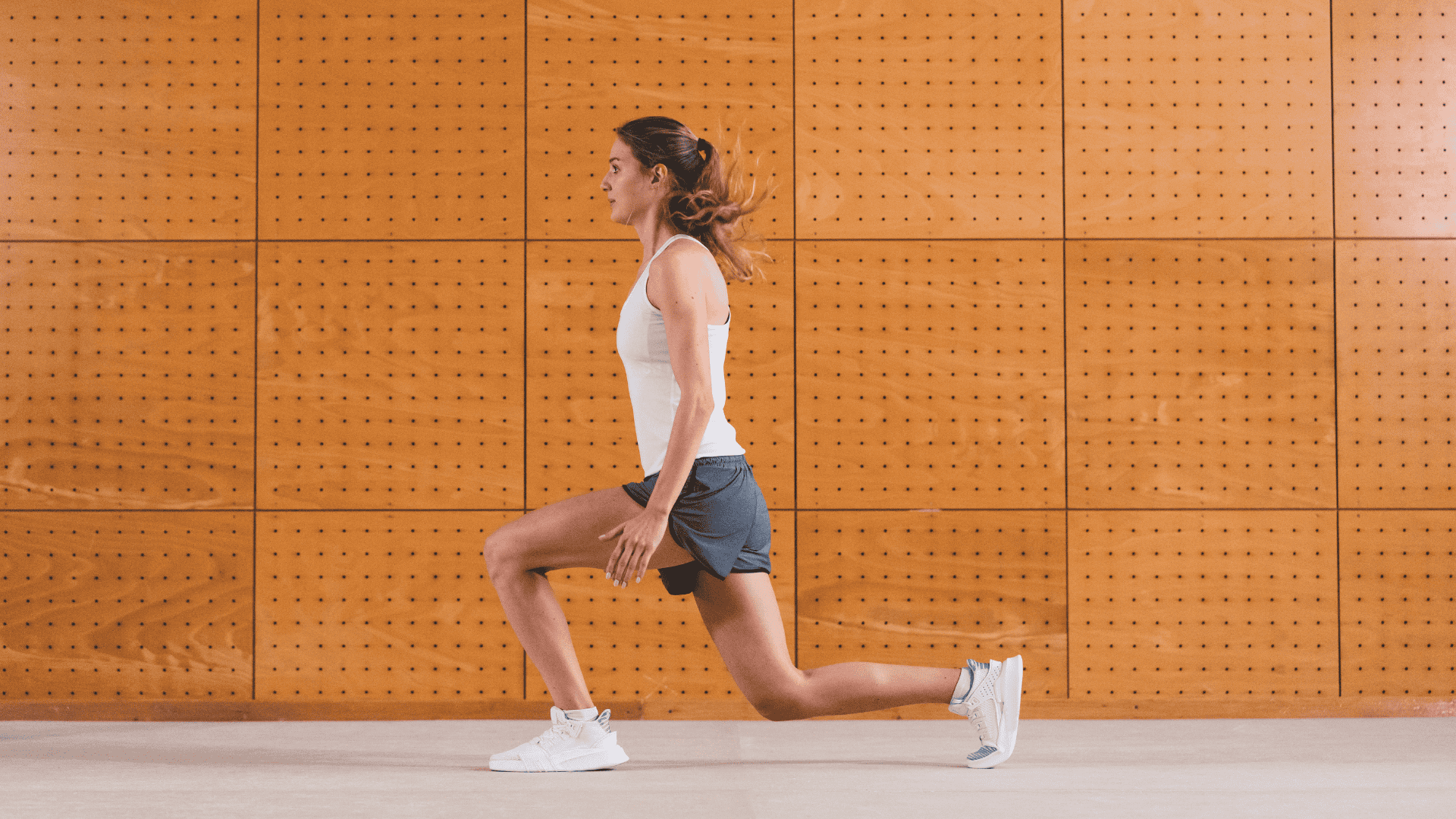
Works your legs and improves balance.
Step one foot forward and bend both knees. Hold for a second, then push back up. Repeat on the other side. Use a wall or chair for balance if needed.
4. Glute Bridges
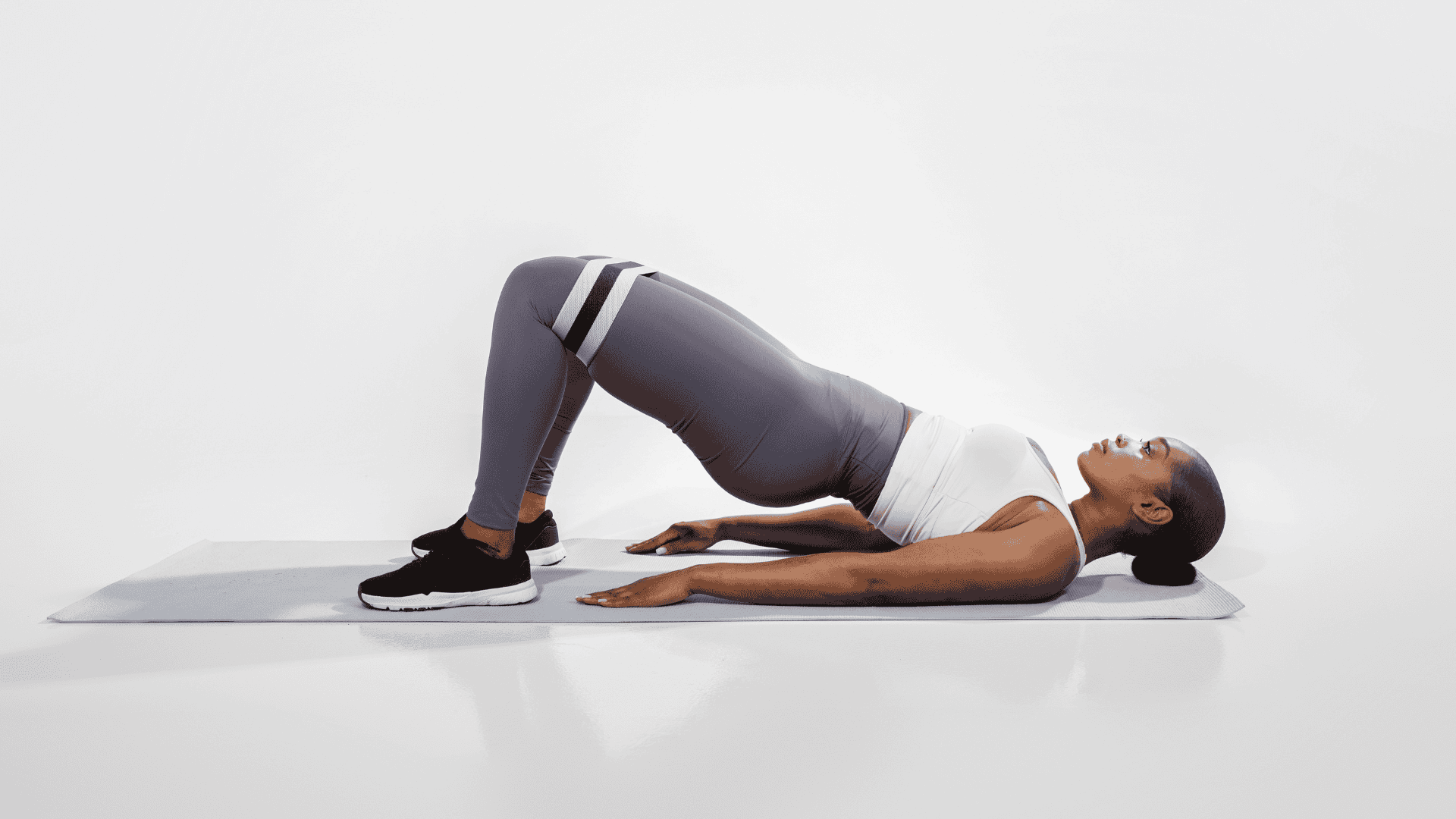
Strengthens your hips and core.
Lie on your back with knees bent. Push through your heels to lift your hips, squeeze your glutes, then lower down. This also helps with lower back support.
5. Incline Push-Ups
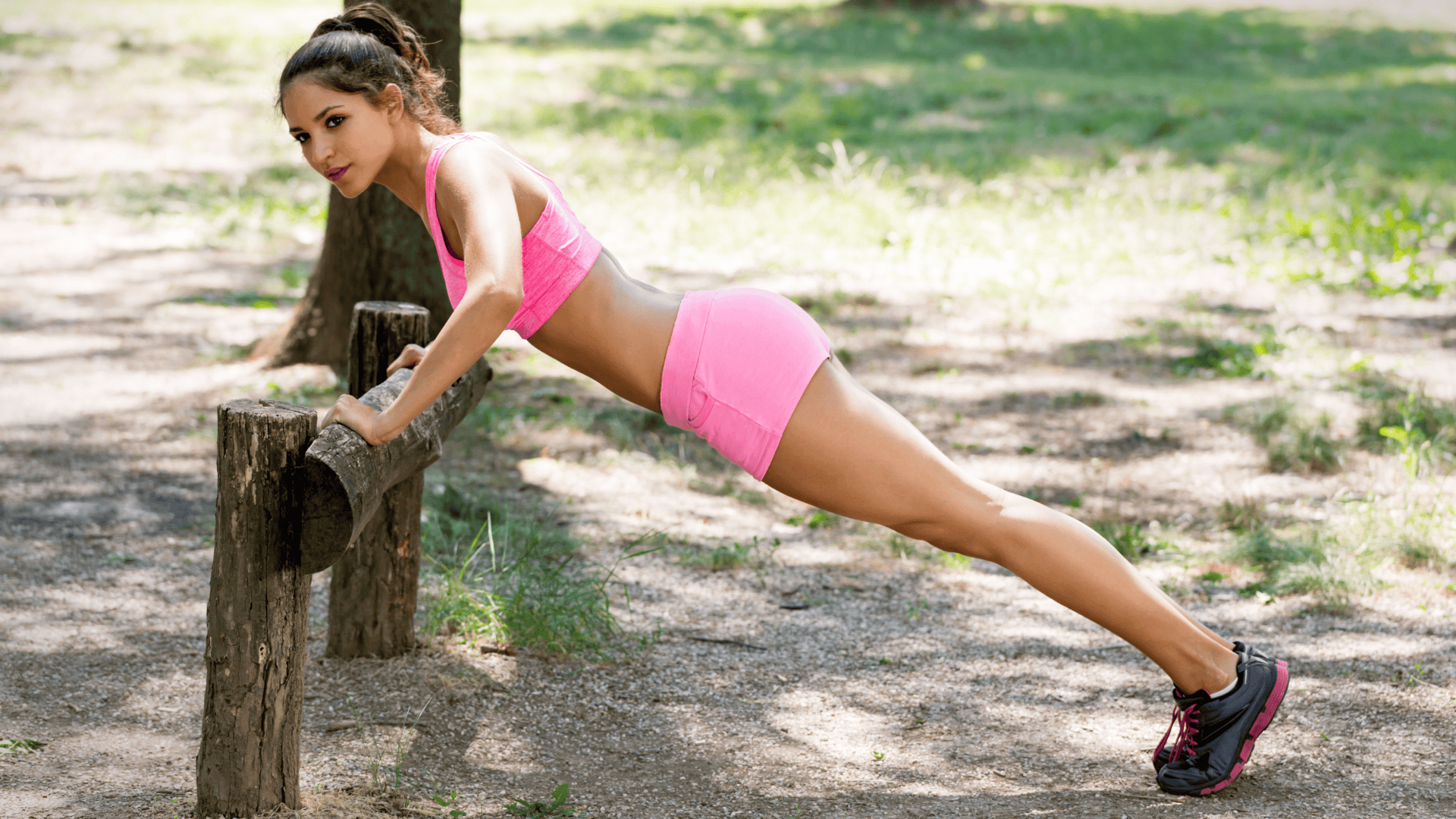
Builds upper body and core.
Use a sturdy surface like a table or bench. Hands on the edge, lower your chest toward the surface, then push back up. It’s easier than a floor push-up, but still effective.
6. Chair Dips
Tones the back of your arms.
Sit on the edge of a chair with hands beside you. Slide off and lower your body by bending your elbows, then press back up. Keep feet flat and knees bent.
7. Front Plank
Great for full core control.
Start on your elbows and knees or toes. Keep your body straight like a board. Hold for 15–30 seconds. Focus on breathing and keeping your hips level.
8. Superman Holds
Strengthens your back and improves posture.
Lie face down. Lift your arms, chest, and legs off the ground at the same time. Hold for 5–10 seconds, then lower. This helps balance out all that front-side work.
Each of these moves can be adjusted to fit your level. Focus on control over speed, your muscles will thank you.
Beginner-Friendly Calisthenics Workout Routine at Home
Getting results doesn’t require complicated workouts or long gym sessions like when you’re doing cardio. What matters most is consistency and a plan that covers all the right areas.
This routine keeps it simple with a clear structure and balanced moves. It’s designed to train your full body without burning you out.
Step 1: Warm Up (5 Minutes)

Start by waking up your body. A proper warm-up increases blood flow, loosens your joints, and helps prevent injury. Here’s a quick sequence you can follow:
- March in Place (1 minute)
Stand tall and lift your knees one at a time while swinging your arms. Keep a steady pace to get your heart rate going. - Arm Circles (30 seconds forward, 30 seconds back)
Extend your arms to the sides and make slow circles. Start small, then make them a bit bigger. This helps loosen up your shoulders. - Leg Swings (10 per leg)
Hold onto a chair or wall. Swing one leg forward and back with control. This opens up your hips and warms up your lower body. - Gentle Torso Twists (30 seconds)
With feet shoulder-width apart, twist gently side to side at the waist. Keep it light and easy to release tension in your back and core.
Step 2: Workout (20–25 Minutes)
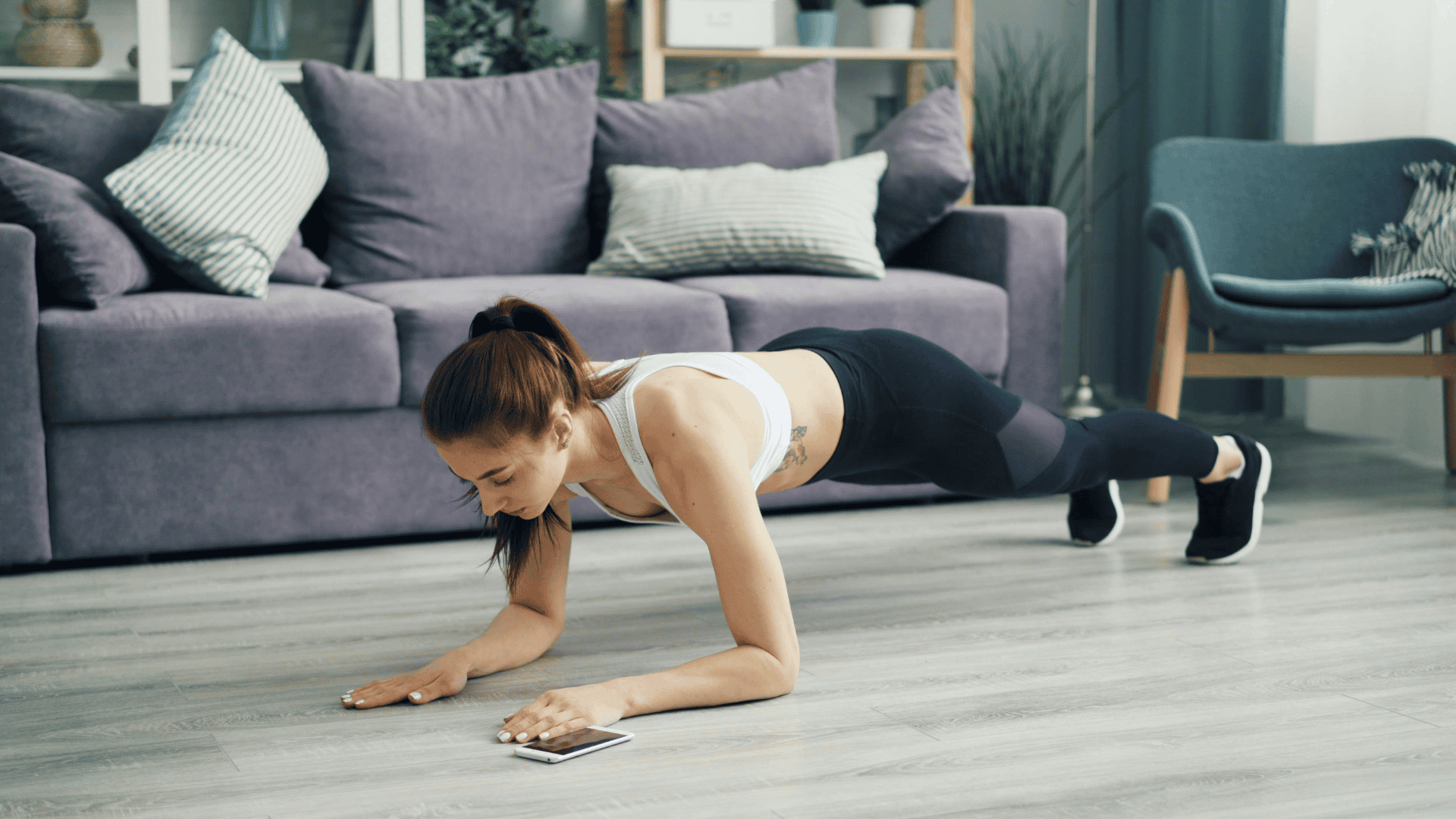
Choose 6 of the 8 beginner calisthenics moves from your list. Do 2 to 3 rounds, resting for 30 to 60 seconds between each move. Here’s an easy-to-follow example:
- Wall Push-Ups – 10 reps
Stand at arm’s length from a wall, hands flat against it. Lower your chest toward the wall, then push back. Focus on keeping your body in a straight line. - Bodyweight Squats – 12 reps
Stand with feet shoulder-width apart. Lower your hips down and back like you’re sitting in a chair. Keep your chest lifted and heels flat on the floor. - Static Lunges – 10 reps per leg
Step one foot forward, bend both knees to lower into a lunge. Hold for a second, then return to standing. Switch legs. Use a wall or chair for balance if needed. - Glute Bridges – 12 reps
Lie on your back, knees bent, feet flat. Push through your heels to lift your hips until your body forms a straight line from shoulders to knees. Squeeze your glutes at the top, then lower slowly. - Front Plank – Hold for 20–30 seconds
Place your forearms on the ground and extend your legs behind you. Keep your body in a straight line and hold. If needed, start on your knees. - Superman Holds – Hold for 10–15 seconds
Lie face down with arms extended forward. Lift your arms, chest, and legs off the ground and hold. This strengthens your back and helps with posture.
Step 3: Weekly Plan
Repeat this routine three times a week. A good example would be:
- Monday
- Wednesday
- Friday
Space out your workouts with rest days in between. This gives your muscles time to recover, rebuild, and get stronger.
Step 4: Cool Down (3–5 Minutes)
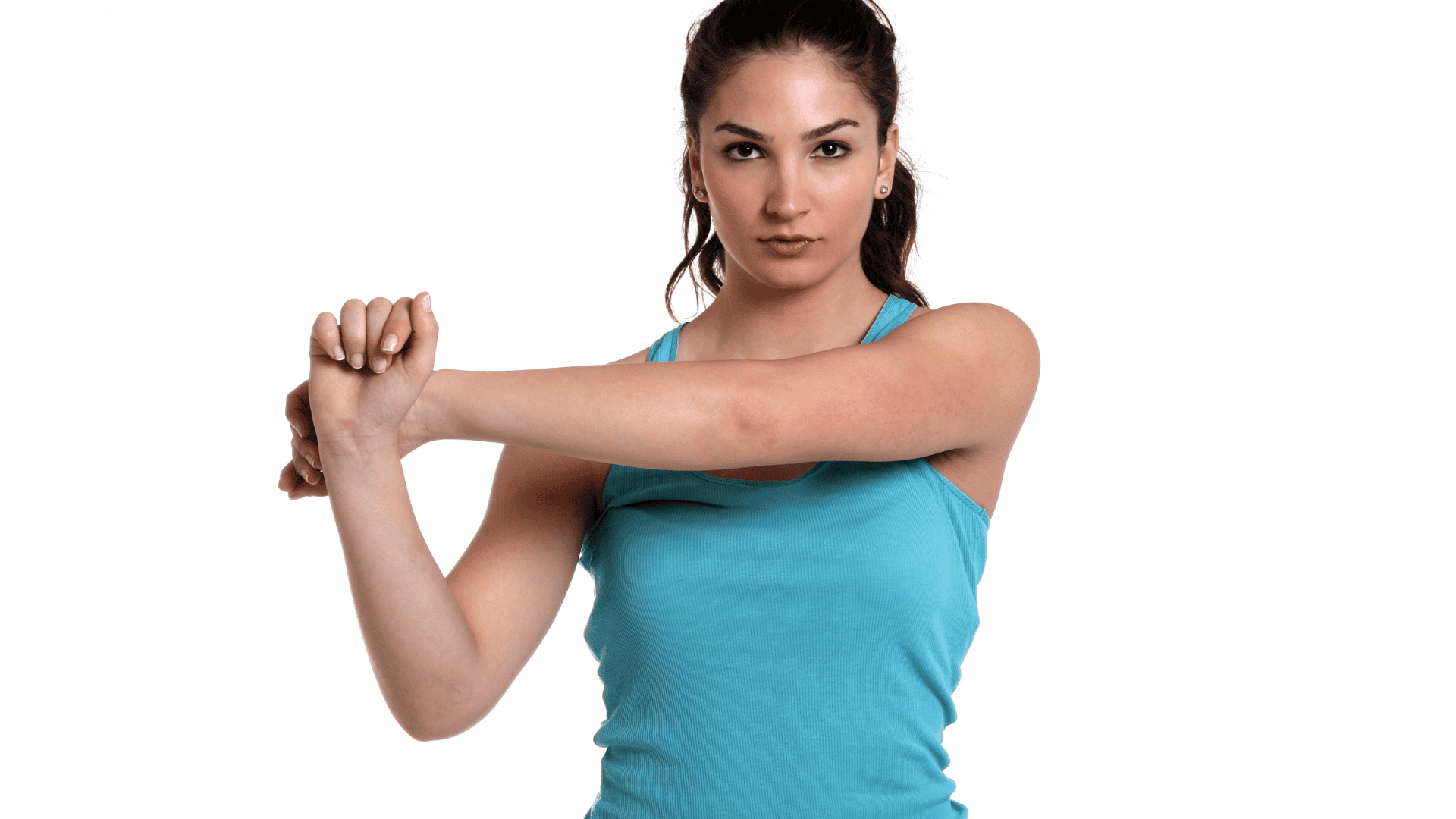
After your workout, take a few minutes to stretch. This helps your body relax, reduces soreness, and improves flexibility.
- Hips: Try gentle lunges and hold each side for about 20–30 seconds.
- Shoulders: Stretch one arm across your chest and hold, then switch.
- Lower Back: Sit on the floor, bend forward gently or try child’s pose.
Tracking Progress in Your Calisthenics Workout for Beginners
Progress in calisthenics isn’t about doing more every single time. It’s about moving with better control, feeling more steady in each rep, and needing less rest between exercises.
Small changes like these mean your body is getting stronger.
And instead of jumping to harder versions right away, the best thing to do instead is to give your body time to adjust.
For example, once wall push-ups feel easy and smooth, that’s only the best time to try incline push-ups.
From there, you might eventually move to floor push-ups. The same goes for planks, squats, or lunges, small upgrades go a long way.
Now, the best way to track your progress is to write down what you did. Count the reps, note how long you held each move, and pay attention to how your body felt.
Maybe you held a plank for five more seconds or needed fewer breaks. That’s progress.
Even better?
Noticing more energy during the day, better sleep, or feeling stronger when lifting groceries or climbing stairs.
None of it needs to happen fast. The real win is sticking with it and trusting that every rep adds up.
Beginner Mistakes to Avoid in Calisthenics Workouts

It’s easy to get excited when starting something new. But most beginners make the same few mistakes and they end up tired, sore, or discouraged.
The first mistake is skipping warm-ups. Your body needs a heads-up before it starts working.
Just five minutes of movement or even easy morning stretches can help your joints feel better and prevent injury.
Another one is rushing through reps. Fast doesn’t mean strong. Slowing down helps you focus on your form, which makes every move more effective.
Doing too much too soon is also common. More isn’t better when your muscles aren’t ready. Starting with a few sets a few times a week works best and it keeps you coming back.
The last one? Comparing progress with someone else.
That’s a shortcut to frustration. Your body has its own pace. Stick with your plan and stay focused on how you’re feeling. That’s where real progress lives.
Keep Showing Up! That’s Where Strength Starts
Starting something new always feels a little shaky. But doing a few moves, a few times a week, adds up fast.
These small sessions aren’t just workouts, they’re proof that you’re putting in the effort to feel better, move stronger, and take care of your body.
You don’t need to do more. You don’t need to be perfect. And you definitely don’t need equipment. You already have what you need to start, your body, your time, and your choice to move.
Now that you’ve got the basics, you can keep going. Repeat this plan if it feels right. Add a rep here and there.
Try new variations when you feel ready. But no matter what, keep it simple and keep showing up.
That’s how strength lasts.
Build Strength the Simple Way With a Weekly Plan
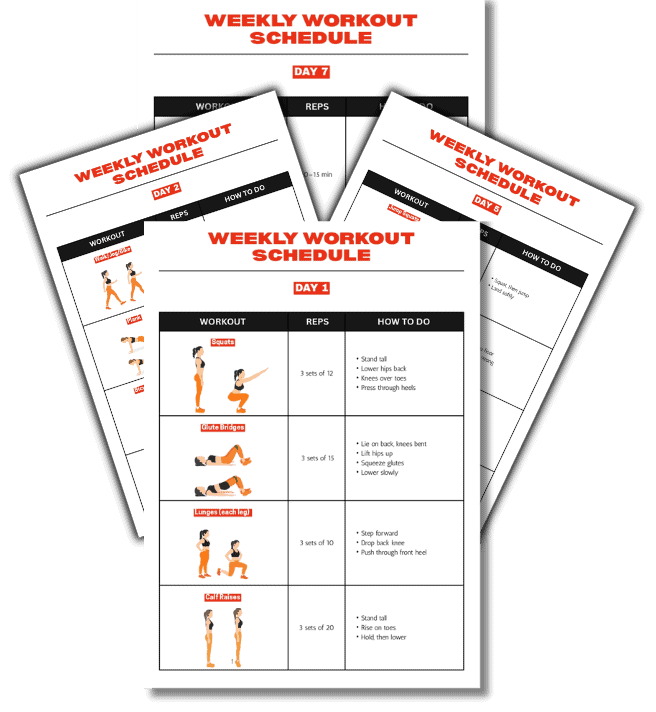
Starting a calisthenics workout for beginners is easier when you know the right moves—but the real results come from showing up week after week.
That’s where having a simple, done-for-you plan makes all the difference.
The Free Weekly Workout Schedule was built to keep you consistent with short, efficient bodyweight workouts that fit into any busy day.
It takes the guesswork out so you can focus on building strength and confidence.
Frequently Asked Questions
1. Can I do this if I’ve never worked out?
Yes. These moves are made for beginners. Start with the easiest versions, like wall push-ups or supported lunges, and keep the sessions short. As you get stronger, you’ll naturally feel ready to try a little more.
2. Will I lose weight with this routine?
You might — especially if you pair it with better food choices, good sleep, and daily movement. This routine helps you build muscle and burn fat, which can lead to visible changes in how your body looks and feels.
3. What if I can’t do some of the moves?
No problem. Every move has a simpler version. Start with the one that feels doable, even if it looks different from what others are doing. What matters most is moving with good form and staying consistent.
4. Do I need equipment for calisthenics?
Nope. Just your body and a little space to move. A mat or soft surface helps with comfort, but it’s not required. You can do these moves in your living room, bedroom, or even outdoors.
5. How often should I do this workout?
Two to three days a week is plenty to start. That gives your muscles time to recover while still building strength. On your off days, light movement like walking or stretching can keep you feeling active without overdoing it.
